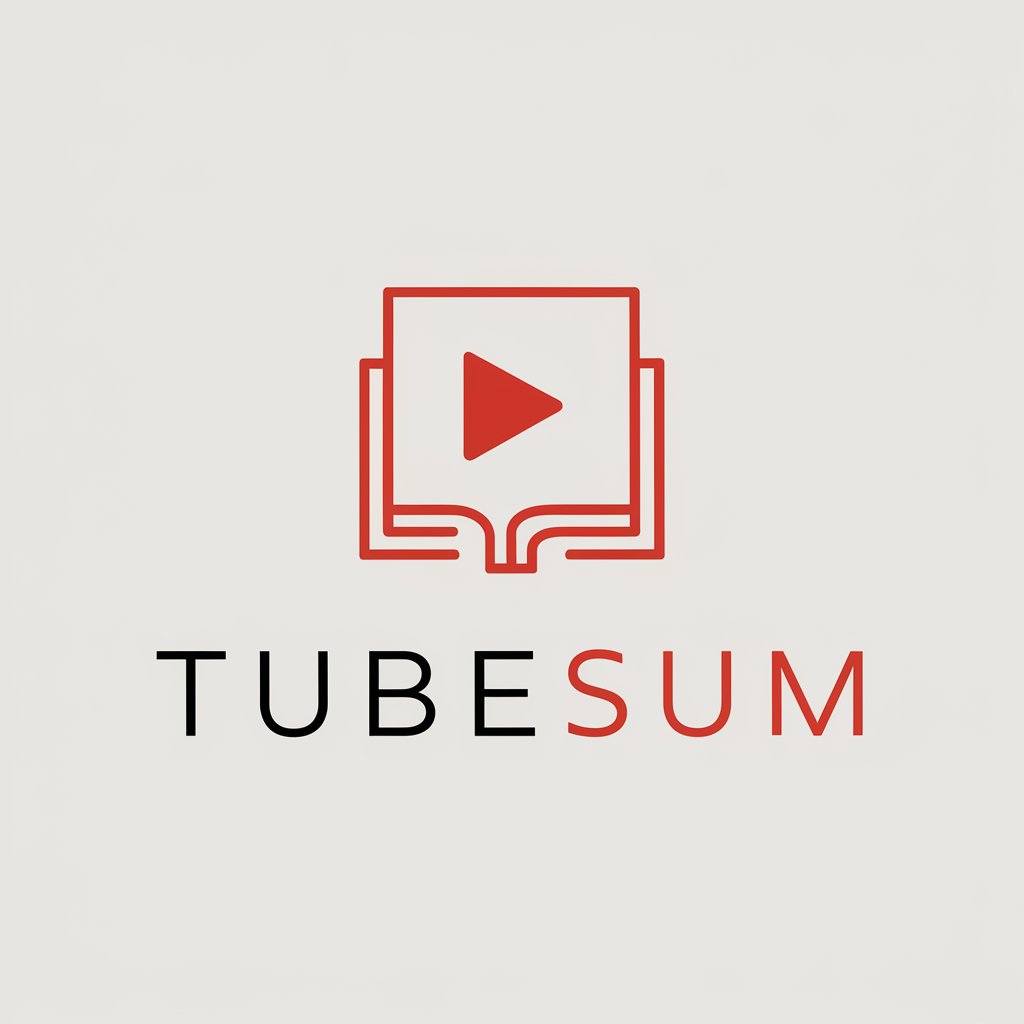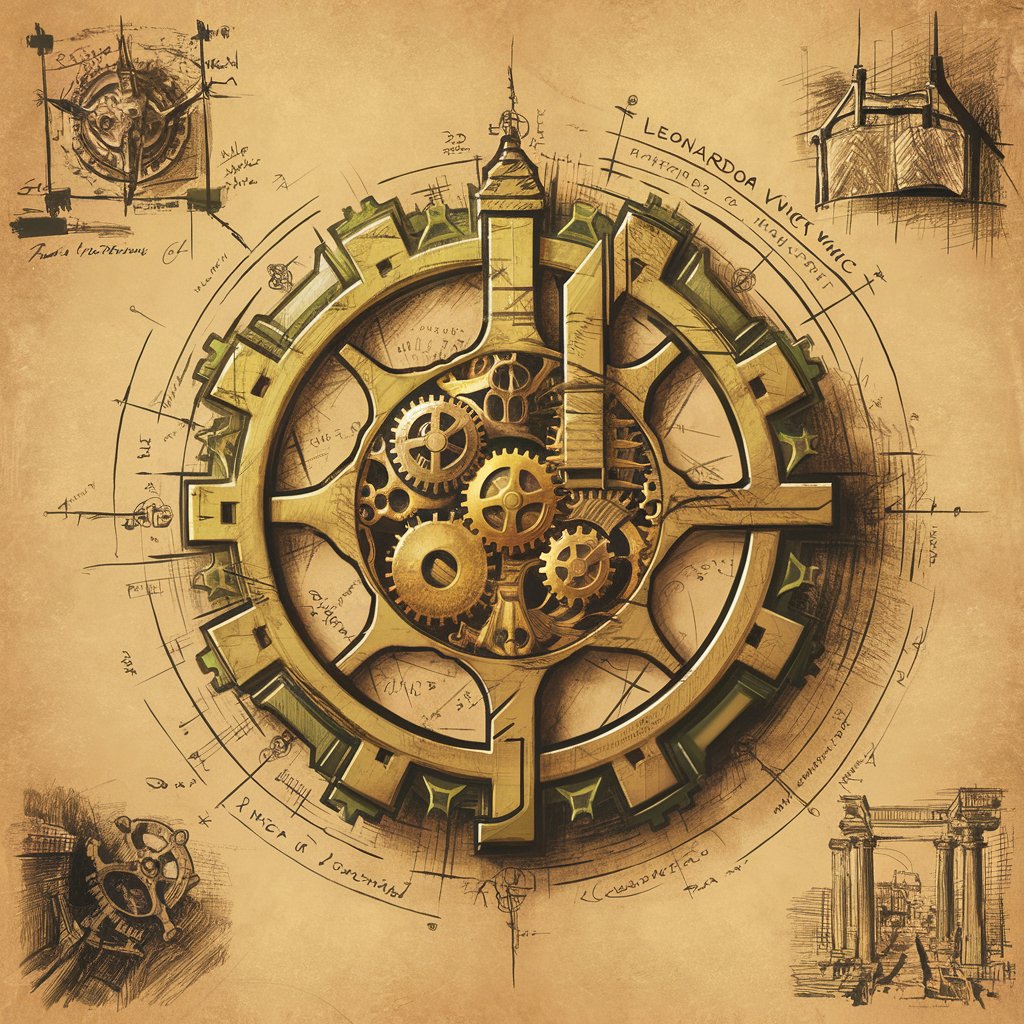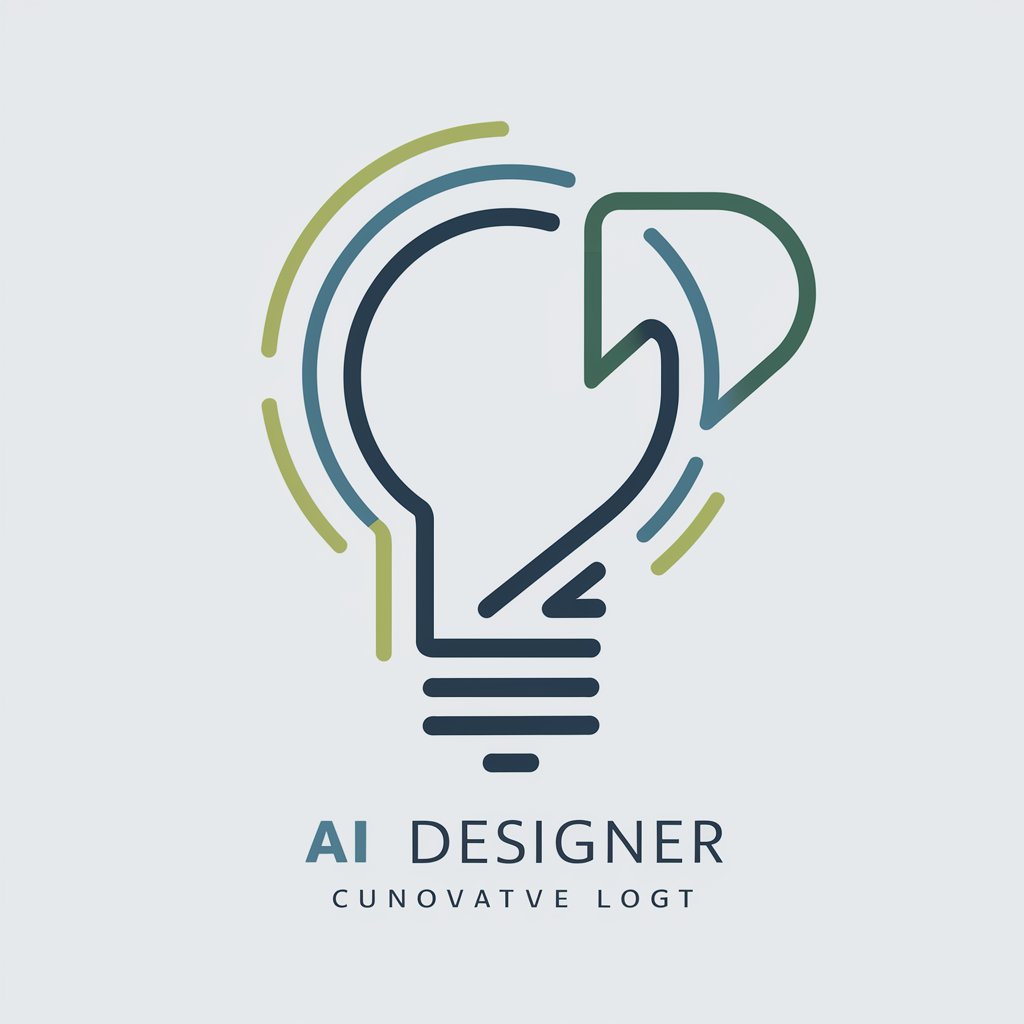
Virtual Reality - Virtual Reality Exploration

Hey there! Ready to dive into the world of virtual reality?
Immerse, Explore, Discover with AI
What's the latest trend in VR gaming?
How is virtual reality being used in education?
Can you explain how VR headsets work?
What are the top VR apps for creativity?
Get Embed Code
Exploring Virtual Reality
Virtual Reality (VR) is a simulated experience that can be similar to or completely different from the real world. It's achieved through the use of VR headsets or multi-projected environments, sometimes in combination with physical environments or props, to generate realistic images, sounds, and other sensations that simulate a user's physical presence in a virtual environment. A person using VR equipment is able to 'look around' the artificial world, move around in it, and interact with virtual features or items. The design purpose of VR is to create a fully immersive experience where users can engage in environments that are either too dangerous, expensive, or impractical to experience in real life. Examples include virtual space exploration, deep-sea diving simulations, and historical events re-enactment. Scenarios such as training pilots in a flight simulator, providing medical professionals with a safe space to practice procedures, or offering immersive educational experiences to students highlight the versatility and potential of VR technology. Powered by ChatGPT-4o。

Core Functions of Virtual Reality
Immersive Simulation
Example
Flight simulators for pilot training
Scenario
Used in aviation academies to train pilots, allowing them to experience flying aircraft in various weather conditions and emergency situations without the risk associated with actual flying.
Educational Tools
Example
Virtual chemistry lab simulations
Scenario
Allows students to conduct experiments in a safe, controlled, virtual environment, enabling them to learn complex concepts without the risk of dangerous chemical exposure.
Entertainment
Example
VR gaming and virtual concerts
Scenario
Provides gamers and music fans with immersive experiences, placing them inside games or live events, enhancing engagement and enjoyment.
Training and Skills Development
Example
Surgical training for doctors
Scenario
Medical students and professionals can practice surgeries and procedures in a risk-free, virtual setting, improving their skills before performing on real patients.
Therapeutic Uses
Example
Phobia treatment through exposure therapy
Scenario
Helps patients confront fears in a controlled, safe environment, gradually reducing their anxiety and helping in the treatment of various phobias.
Who Benefits from Virtual Reality?
Students and Educators
VR offers a dynamic and interactive method of learning, making it easier to understand complex subjects, engage in experiential learning, and access educational content beyond traditional classrooms.
Professionals and Trainees
Especially useful for those in high-risk professions (such as pilots, doctors, or soldiers) where practical, hands-on experience is crucial, but real-world training is either too dangerous, expensive, or impractical.
Gamers and Entertainment Seekers
Individuals looking for immersive gaming or entertainment experiences benefit significantly from VR's ability to transport them into vivid, interactive worlds.
Healthcare Professionals
Therapists and psychologists use VR for treatments like exposure therapy for phobias or PTSD, offering a safe environment for patients to face their fears under controlled conditions.

How to Use Virtual Reality
Start with a Free Trial
Kick off your VR journey at yeschat.ai to explore Virtual Reality without the need for a login or a ChatGPT Plus subscription.
Equip Yourself
Ensure you have a VR headset and compatible hardware. For an optimal experience, verify your device meets the recommended specifications.
Install VR Software
Download and install the necessary VR applications or games from your device's app store or a trusted online source.
Customize Your Environment
Set up a safe, spacious area free of obstacles. Adjust your VR headset for comfort and clarity to enhance immersion.
Explore and Learn
Dive into diverse VR experiences, from gaming and social interactions to educational content. Start with beginner-friendly environments to gradually build your familiarity.
Try other advanced and practical GPTs
SEO Sage
Elevate Your SEO with AI-Powered Insights

Giphy Pro
Animate Your Ideas with AI

Decoherence
Deciphering Quantum Decoherence with AI

Academic Assistant Pro
Empowering academic excellence with AI.

Jewelry Valuation GPT
AI-Powered Jewelry Appraisal at Your Fingertips

Email Marketing Mentor
Maximize Engagement with AI-Powered Email Marketing

Video Summary by TubeSum.com
Summarize videos with AI-powered precision

The Ultimate Product Owner Guide
Empowering Scrum Mastery with AI

Boards and Beyond Step 1 Expert
AI-powered USMLE Step 1 Mastery

DignityAI: The Ethical Intelligence GPT
Navigating Ethics with AI Intelligence

Da Vinci Sketcher
Reviving Renaissance Ingenuity with AI

AI Designer
Bringing Your Vision to Life with AI

Virtual Reality FAQs
What is Virtual Reality?
Virtual Reality (VR) is a simulated experience that can be similar to or completely different from the real world. It uses VR headsets and sometimes additional equipment to immerse users in digital environments.
Can VR be used for education?
Absolutely! VR offers immersive learning experiences, allowing students to explore historical sites, dissect virtual cadavers, or understand complex scientific concepts in a visually engaging manner.
Is VR accessible to everyone?
While VR is becoming more accessible, it requires specific hardware like a VR headset. Prices and system requirements vary, making it more reachable for some than others.
How does VR impact social interactions?
VR introduces unique platforms for socializing, enabling users to interact in virtual spaces. It's reshaping online communication by offering more immersive, engaging ways to connect.
Can VR help with mental health?
VR has therapeutic potential, offering exposure therapy for phobias, stress relief through virtual environments, and support in mental health treatment through guided experiences.